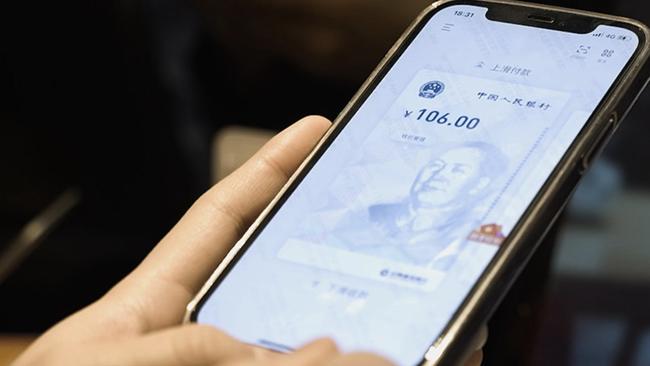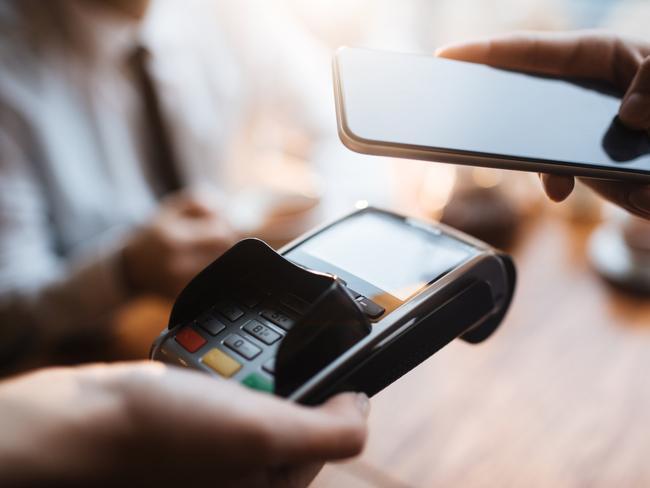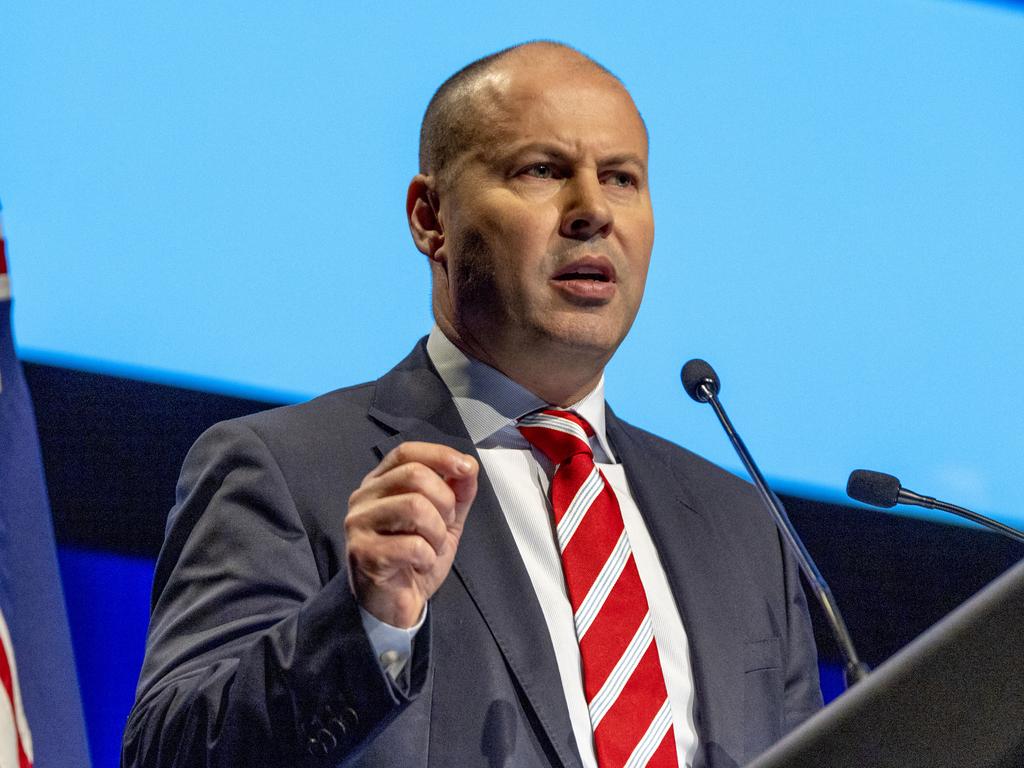Rollout of China’s digital e-yuan currency could pave the way for a truly cashless society
It isn’t blockchain nor decentralised but what China wants to achieve with its e-yuan is ambitious and could shake up how Australians do finance with the nation.

China’s new digital currency isn’t blockchain, nor decentralised like bitcoin and may not seem that attractive for users but what the country hopes to achieve with the rollout is huge.
That’s the view of international professional services firm, Beijing based Dezan Shira & Associates, who in a briefing paper says the new digital yuan, aka e-yuan, began internal testing in four cities in April 2020, before the pilot reached 140 million registered users by October 2021 through invitations and cash incentives.
A wider rollout has been tipped ahead of the upcoming Beijing Winter Olympics in February and international interest is growing.
According to a BS Capital Markets report, a survey by the Bank for International Settlements in January 2020 found that, out of 66 central banks, about 80 per cent were involved in different stages of development of a CBDC.
Ines Liu, from the Australian desk of the company, said China’s government had two goals with its e-yuan.
It wanted to create a digital currency that could compete with other nations’ digital currencies and it wanted to reshape China’s payments system with cashless digital payments.
The digital yuan is an example of a central bank digital currency (CBDC), that potentially can replace banknotes and coins. It’s an idea being increasingly discussed by governments.
These currencies are not market driven like cryptocurrency.
Countries produce and financially support their own digital currencies.
China is of interest because it offers the first model of a CBDC actually operating, although its characteristics could be totally different to what other nations adopt.
Traditionally, when we buy goods online, we access our funds through a third party - a bank or a credit or debit card provider.
With e-yuan, the money sits in the user’s wallet on a digital device such as a phone, as if it is cash in their pocket. The user makes payments or receives money using the digital yuan app, without accessing a retail bank.

Some transactions can take place offline such as transferring small sums to peers by touching phones without using Wi-Fi.
China’s e-yuan has the same value as its paper currency.
In its briefing paper, Dezan Shira & Associates says users can operate multiple wallets, set daily spend limits, and link their digital wallet to bank cards such as Alipay and Tencent Holdings owned WeChat Pay.
The system is controlled by the People’s Bank of China with so far seven commercial Chinese banks authorised as exchanges for trading e-yuan.
Dezan Shira & Associates says the huge popularity of WeChat Pay and Alipay means users are happy with the existing payments system and may not see the point of a digital yuan.
Privacy also remains a concern. The paper noted that while small transactions can be made without real name verification, “it bears mentioning that in China, all phone numbers must be tied to an ID number, which means that ultimately, even small transactions will be traceable, although perhaps less easily so”.
University of Technology Sydney finance professor Kathy Walsh predicted China would use the e-yuan to replace its cash.
“It has the upside of actually meeting the needs of the great unbanked, which there‘s quite a few of in China and across the world.”
Professor Walsh said the currency would be particularly useful for transacting with China from abroad.
“If I want to transact with someone in China, I have to go to Westpac. Westpac goes to their version of a China correspondent bank, who then go to the transaction.
“In future, it’ll be me buying something from some person in China and entering a transaction between the two of us peer to peer.”
She said the e-yuan could prove attractive if it offered lower fees than conventional online transactions.
In Australia the Reserve Bank and Treasurer John Frydenberg last year raised the idea of a local CBDC and the US Federal Reserve has released a discussion paper on a digital greenback.





To join the conversation, please log in. Don't have an account? Register
Join the conversation, you are commenting as Logout